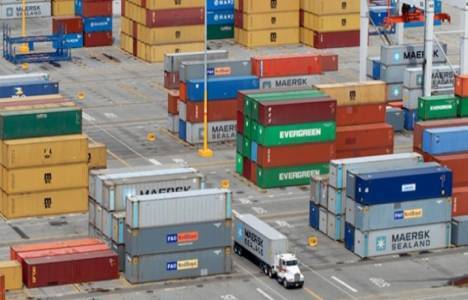
Indirect Rule
By Raul Sanchez de la Sierra
For a draft of the paper, see here.
To rule populations of newly conquered territories, states have historically faced an institutional design problem. To collect taxes and tributes, for surveillance to avoid tax evasion and attempts to subvert their power, and to control disputes and justice, states often created their own administration – direct rule. Historically, however, a large number of states have ruled instead by delegating power to the traditional political institutions that pre-existed among the newly conquered peoples prior to their conquest – indirect rule (Claessen and Skalnik, 1978, Cohen and Service, 1978). This choice had important consequences for state development: while direct rule implies the creation of persistent administrative state capacity as documented by historians, indirect rule, however, does not. Furthermore, indirect rule has often had profound detrimental effects on the institutions in the long-run (Acemoglu, Chaves, Osafo-Kwaako, and Robinson, 2014). A fundamental challenge with existing cross-country empirical work is that the number of recorded country level episodes of this institutional change is small, and experiences are very context-dependent, so it has proven difficult to systematically understand the sources, or impacts, of indirect rule. We collect a novel dis- aggregated panel data set covering the histories of 1,200 Chiefs in 200 villages, and dozens of armed groups of eastern Congo since 1990, where 80 armed groups are active today, regularly expand their territory, and develop direct and indirect rule in different locations. We exploit variation over time and space of the institutions of rule created by armed groups and changes in the economic and political environment to explain when armed groups are more likely to develop their own administration to substitute for Chiefs (direct rule), the depth and duration of their administration, and when they create indirect rule instead. We further collect implicit association tests on households, and estimate the effect of indirect rule (and of direct rule) in the long-run, on the legitimacy of local authorities, the state, and the ruling military actor.

Topics
Development
Initiatives
International Trade & Development







